St. Art Foundation v. Acko General Insurance: Decoding Street Art, Fair use and Moral rights
SpicyIP
DECEMBER 6, 2023
2(c), the fair use exemption thereof under Sec. 52(1)(t) and ‘moral rights’ of the author in such work. 52(1)(t); and (ii) if yes, whether the proviso of the same or ‘fixation requirement’ excludes it from the scope of fair use. As a corollary, it also asserted ‘moral rights’ over the mural under Sec.


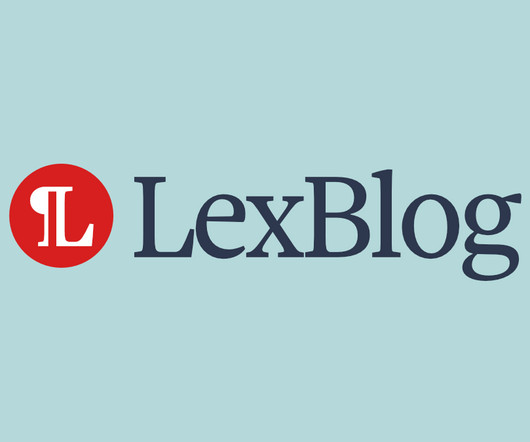
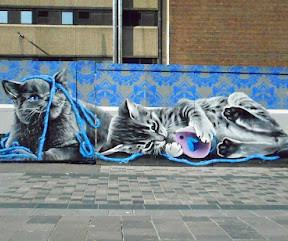
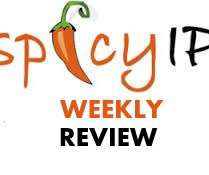
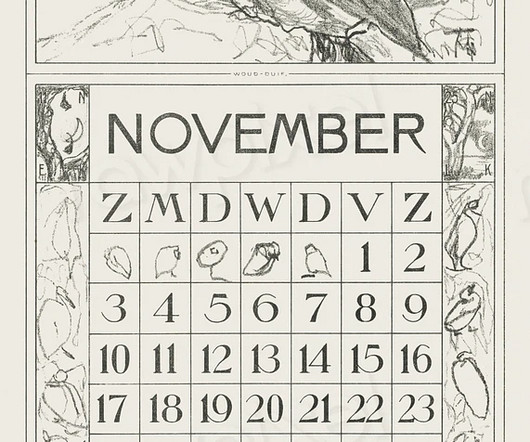
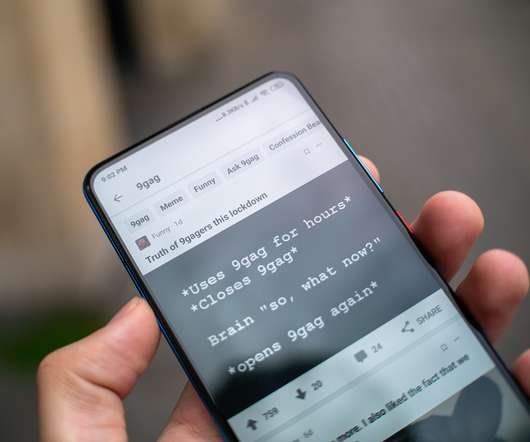

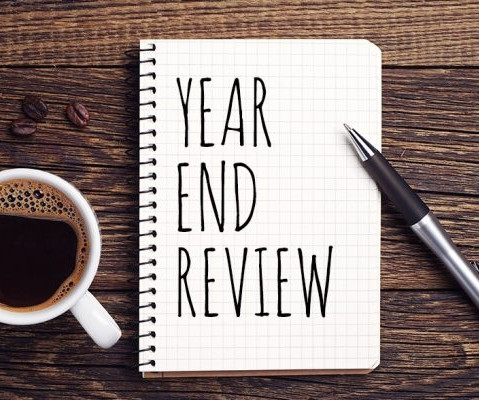






Let's personalize your content